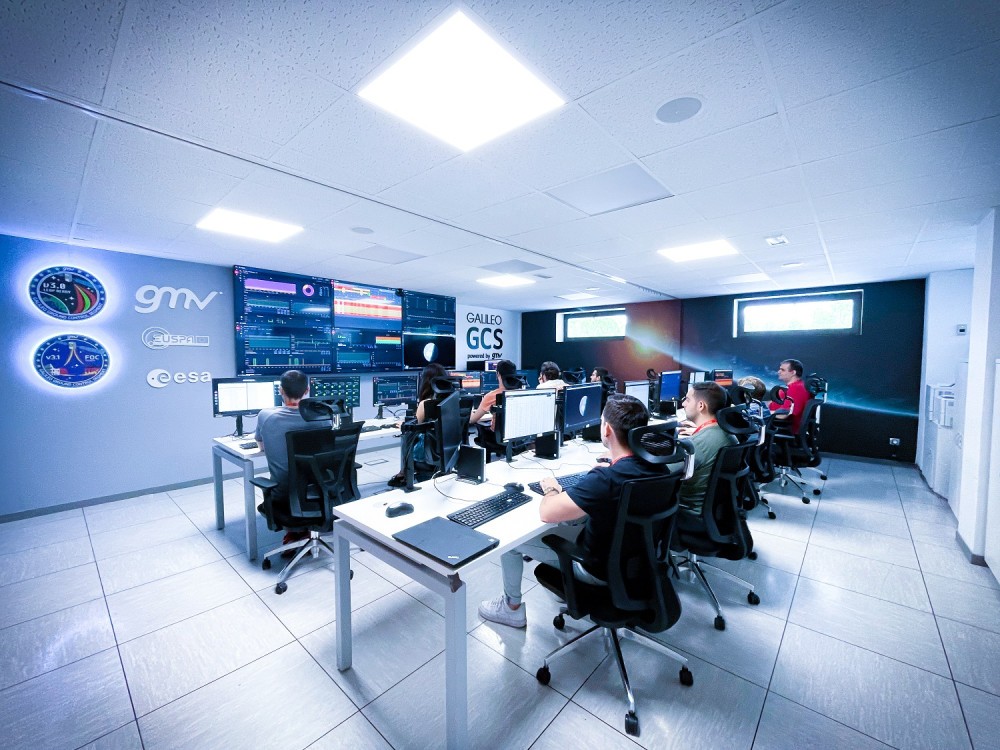The European Space Agency (ESA) recently awarded GMV with a contract worth more than €200 million to develop the ground control segment for in-orbit control and validation of Galileo Second Generation (G2G) satellites.
Europe’s Galileo provides positioning and clock synchronization services to more than 4 million users globally with a positioning accuracy of up to 20 cm. G2G will introduce new services, enhance existing technology and services, improve accuracy, strengthen system security and reduce maintenance costs, according to a news release.
The ground segment GMV is developing will control two new second-generation satellite platforms currently in the design and production phase. It’s scheduled to begin operation in 2025, which is when the first G2G satellite is slated to launch. A total of 12 satellites are expected to be launched over the next three years.
The ground segment will include many advanced features, including post-quantum cryptography, deployed microservices, improved automation and new user interfaces. The upgrades will make the system flexible, scalable, expandable, robust and autonomous.
The new agreement includes contracting core G2G activities, at a value of about €155 million. Activities will be carried out over 42 months from mid-2023 until the end of 2026, with options to extend to 2028.
A history of involvement
This isn’t GMV’s first contract for Galileo development. The company has been working on Galileo First Generation (G1G) since 2018, with contracts now totaling more than €500 million. GMV has deployed the first of the two contracted versions of the G1G ground segment, providing services to 28 satellites. GMV will deliver on both contracts simultaneously until the end of 2026. That’s when Galileo’s ground control segment will be unified to manage up to 50 satellites for constellation parallel replenishment.
Earlier this year, ESA awarded GMV a contract to develop the Galileo Second Generation System Test Bed (G2STB). G2STB will provide ESA with a key system verification and validation facility in support of its role of Galileo System Development Prime, enabling a wide range of Galileo system monitoring, troubleshooting, prototyping and experimentation activities.
A look at G2G
Once launched, the much larger G2G satellites will join the G1G satellites already in orbit. The new satellites will leverage electric propulsion for the first time, according to the ESA website, and feature an enhanced navigation antenna and fully digital payloads that will be easy to reconfigure in orbit for future updates.
Inter-satellite links between the satellites will enable them to routinely cross-check their performance and reduce their dependency on the availability of ground installations. The satellites will also feature more precise onboard atomic clocks and advanced jamming and spoofing protection mechanisms.
A leap forward
The ground segment, as well as the G2G satellites, will further enhance Galileo and the millions of users who rely on it for PNT, providing added protection and the ability to evolve with advancements in technology.
“In addition to providing control and monitoring capabilities for the future satellites, this new project marks a technological leap forward compared to current developments,” according to the release. “Development will be carried out for the first time in Galileo following the ‘Agile’ methodology, in order to support future phases of the system, and particular stress will be placed on aspects related to cybersecurity.”





